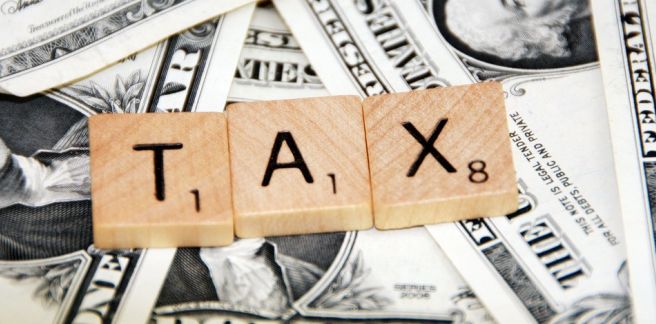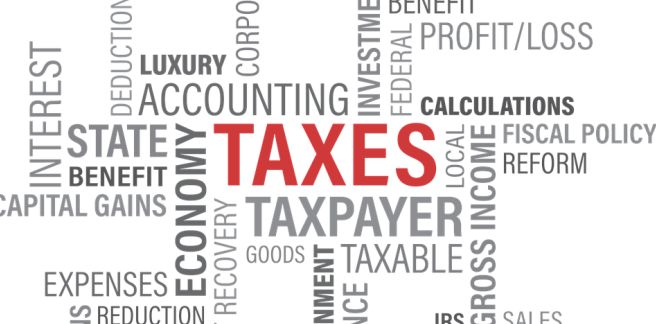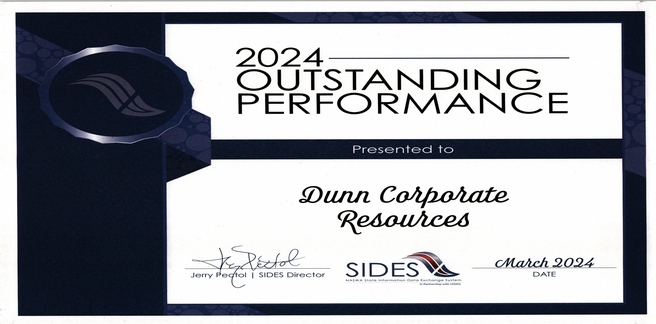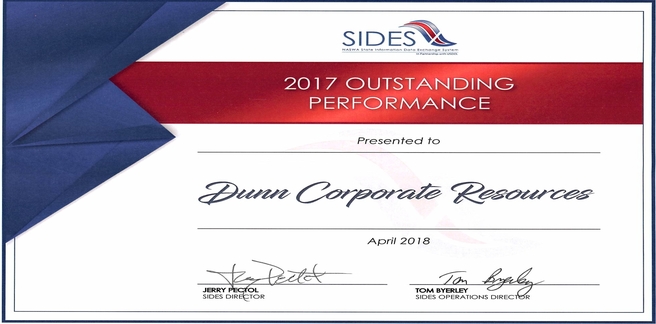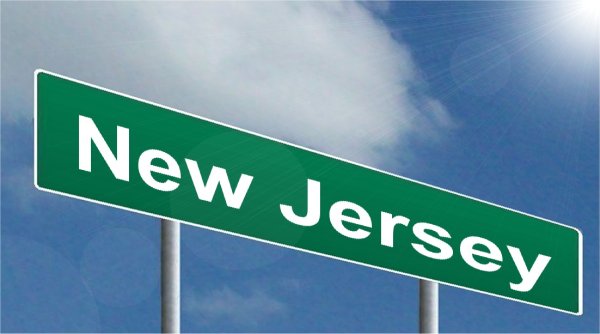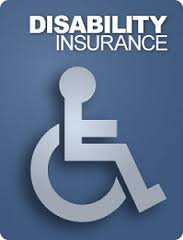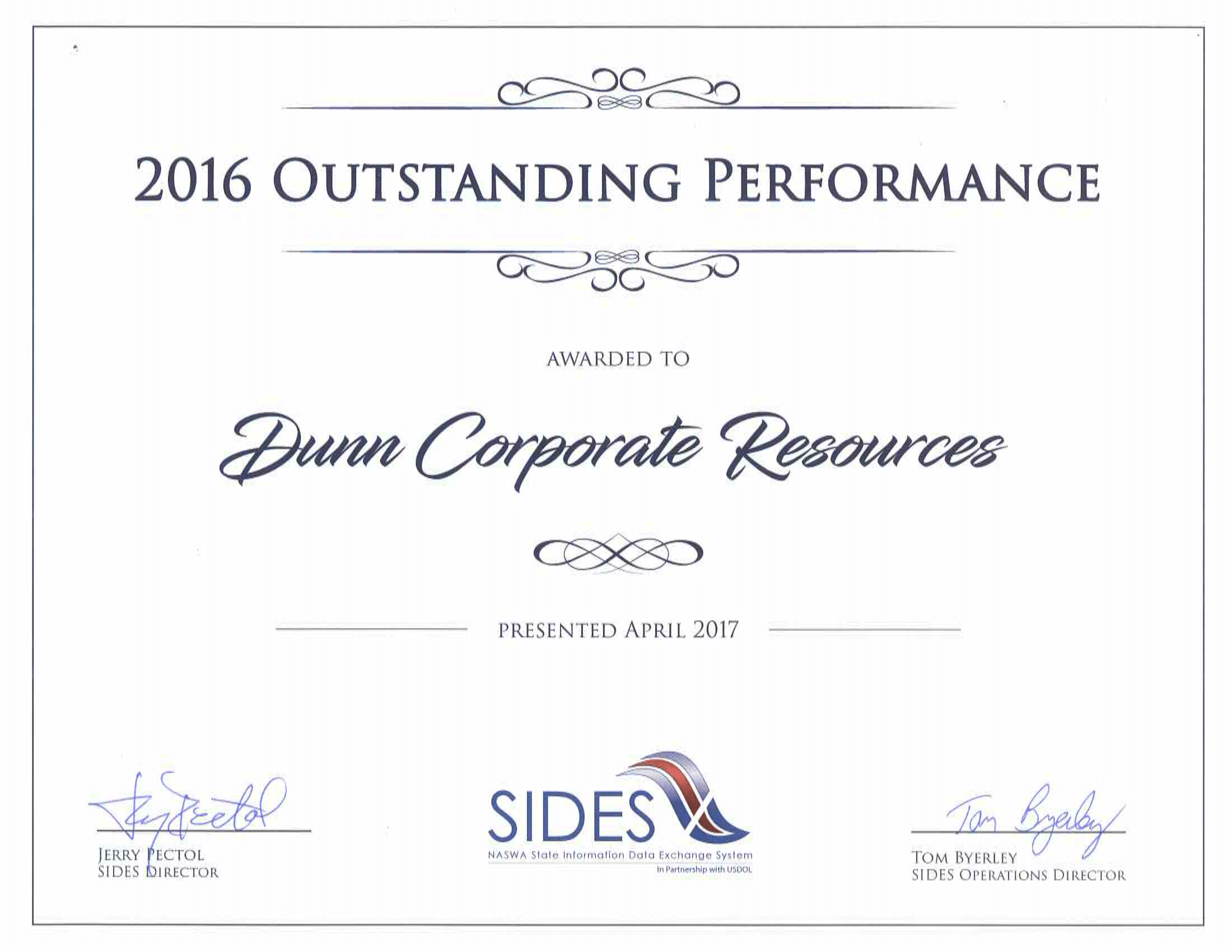UI SIDES, Unemployment Insurance State Information Data Exchange System, is a web based system that allows Third Party Administrators to electronically process information requests from UI agencies. Basically, this means that UI requests can now be centrally processed regardless of the State, and the paperwork is eliminated! In order to qualify for UI SIDES, you must have a very high volume of UI claims and customized programming is necessary.
What is the benefit of SIDES?
Centralization of information! Today we are seeing more and more technology platforms being used, especially in the world of HR. SIDES allows us to easily streamline claims information to and from each State through one centralized electronic transmission. This allows us to provide our clients with cutting edge technology, real time information, and up-to-date reports on exactly where their UI claims stand.
Our clients will get even more lead time on each claim. Think about it, with some deadlines as little as 7 days from the mailing date, plus the time it takes for a claim to get mailed, your time limits are significantly diminished! With UI SIDES, we receive a claim as soon as it’s created by the State. An unemployment service provider without SIDES capabilities is simply at a disadvantage.
Contact us today to see how our SIDES based platform can help reduce your unemployment costs and workload today!
For more information about UI SIDES you can visit the ITSC homepage.



